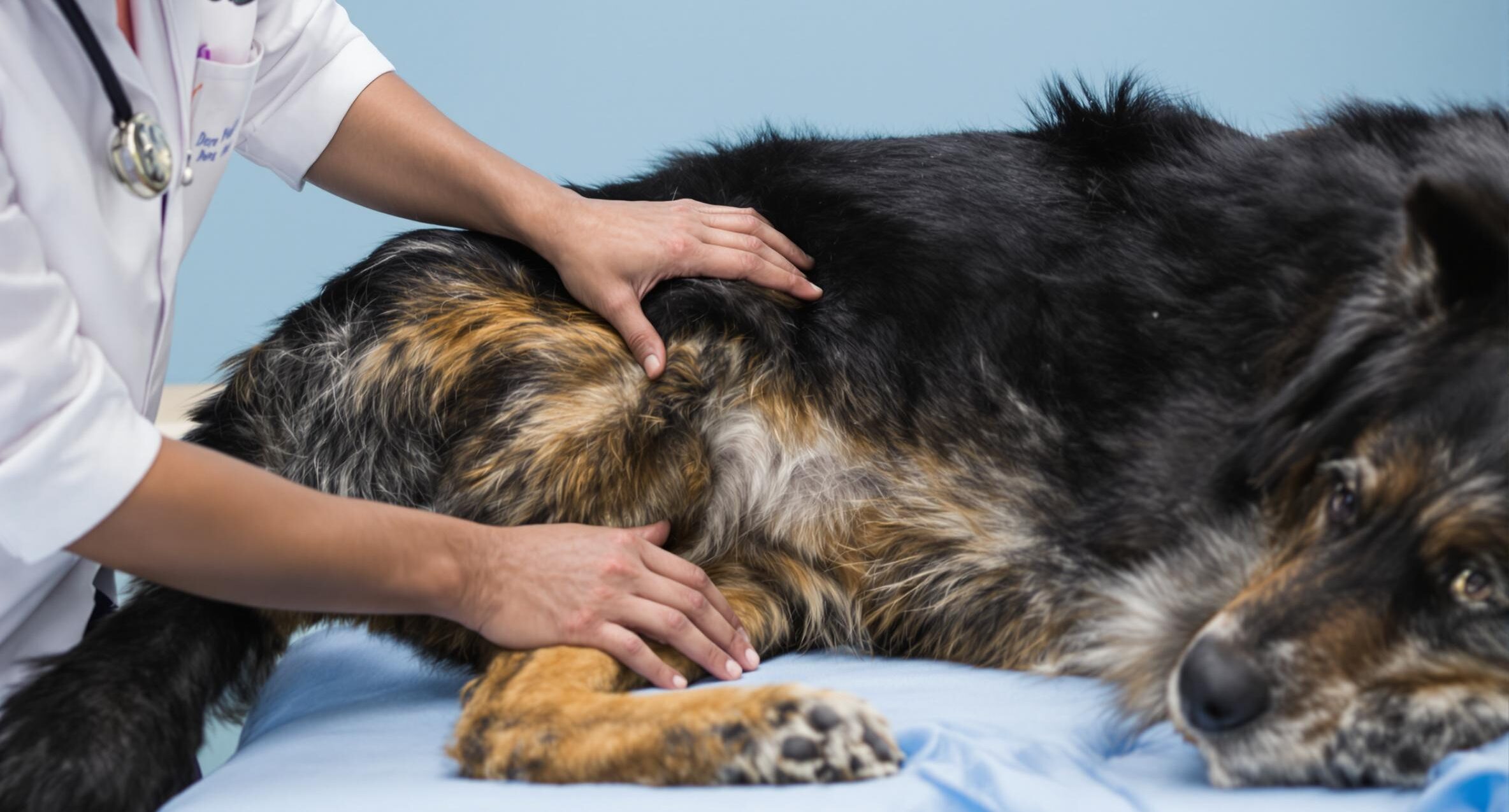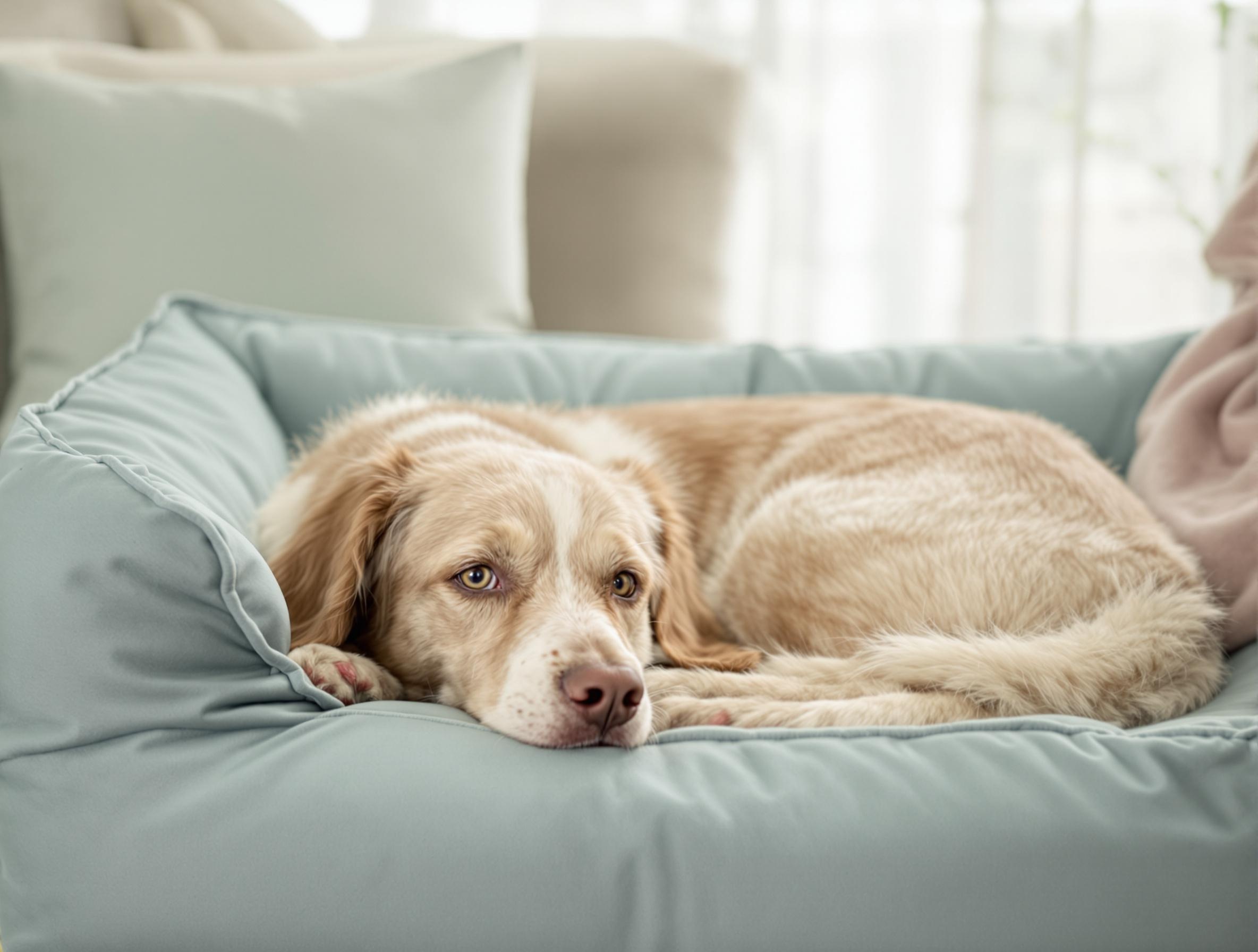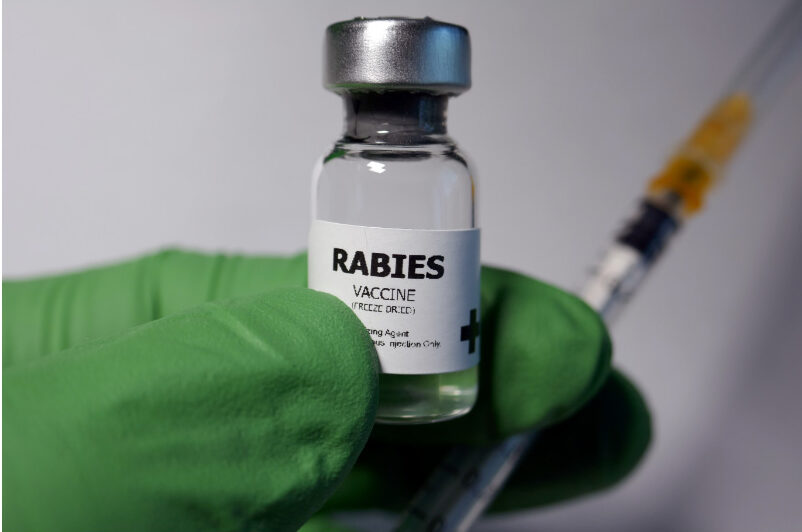Can Dogs Be Allergic to Cats? Exploring the Feline Factor

Key takeaways
- Dogs can develop allergies to specific proteins found in cat dander, saliva, and urine, which can lead to uncomfortable symptoms.
- Recognizing early signs of allergic reactions in dogs is crucial for their health. These include symptoms like persistent scratching, sneezing, and changes in eating habits.
- Effective management of pet allergies involves a combination of veterinary guidance, creating distinct pet spaces, and maintaining cleanliness to minimize allergen exposure.
If your dog starts sneezing, scratching, or experiencing watery eyes after you bring a cat into your home, it could be more than just an adjustment period. Some dogs can have allergic reactions to proteins found in cat dander, saliva, or urine. Breeds with sensitive skin or respiratory systems may be more prone, but allergies can affect any dog.
The good news is that dogs and cats can still live comfortably together with the proper care. PetHealthMD offers expert guidance to help you understand your options so you can make informed decisions with your vet and keep both pets comfortable in a shared home.
How Do Cats Trigger Allergic Reactions in Dogs?
If your dog gets itchy, sneezy, or seems uncomfortable around your cat, they might be reacting to natural proteins that cats produce. These proteins can spread throughout your home, even if your cat looks squeaky clean.
Here’s where those allergens come from:
- Cat saliva: When your cat grooms itself, proteins in their saliva stick to their fur and spread onto surfaces your dog may contact.
- Cat urine: Proteins from your cat’s urine can linger around the litter box, even with good cleaning habits.
- Cat dander: Microscopic skin flakes can settle on furniture, rugs, and anywhere your pets spend time.
You can support your dog’s comfort by maintaining a clean home and reducing allergen buildup. You can also browse dog wellness essentials on PetMeds to help support symptom management.
Spotting the Signs: Symptoms of Dogs Allergic to Cats
Understanding what to look for helps you support your dog’s comfort and health.
- Scratching and skin changes: Persistent scratching or rubbing, especially around ears, paws, and face.
- Breathing changes: Sneezing, coughing, watery eyes, or a runny nose.
- Ear irritation: Frequent head shaking or recurring infections.
- Eating habit changes: Reduced appetite or stomach discomfort.
- New behaviors: Avoiding certain rooms, restlessness, or discomfort in areas where your cat spends time.
Keep a simple daily note about symptoms you observe. If your dog shows severe symptoms like difficulty breathing, contact your veterinarian immediately.
Effective Treatments for Dog Allergies to Cats
If your dog is struggling with allergy symptoms around your cat, relief is possible through a combination of home care and veterinary support.
What You Can Do at Home
- Bathe your dog regularly with gentle pet shampoo.
- Wipe your dog with a damp cloth after time spent near your cat.
- Vacuum frequently and wash bedding often.
- Use pet barriers to limit your dog’s access to cat areas.
- Run an air purifier with a HEPA filter to reduce allergens.
Explore grooming and allergy support products at 1800petmeds.com
What Your Vet May Recommend
- Allergy medications like diphenhydramine (with vet approval).
- Immunotherapy (allergy shots) for long-term tolerance.
- Custom treatment plans tailored to your dog’s needs.
Your veterinarian can guide you toward the safest, most effective options.
Your Questions Answered: Dog Allergies to Cats
What are the early warning signs of a dog being allergic to cats?
Early signs include excessive scratching, respiratory symptoms like sneezing or wheezing, and eye irritation.
Can allergies develop suddenly in dogs?
Yes, dogs can develop sensitivities at any age due to environmental factors or immune system changes.
How can I confirm if my dog has a cat allergy?
A veterinarian can perform intradermal skin testing or serum allergen-specific IgE testing.
What immediate steps should I take during an allergic reaction?
Separate your dog from cat-heavy areas and contact your veterinarian if symptoms persist or worsen.
Creating a Harmonious Multi Pet Home
Managing a household where dogs are allergic to cats takes patience and consistency. Simple habits like establishing designated spaces, cleaning regularly, and using allergen-reducing products can help your dog feel more comfortable.
Every pet is different, and understanding allergies is a key step in giving them the care they deserve. PetMeds offers a wide range of vet recommended products to support both dogs and cats in your home. For more helpful resources and products, explore the full Dog category.





